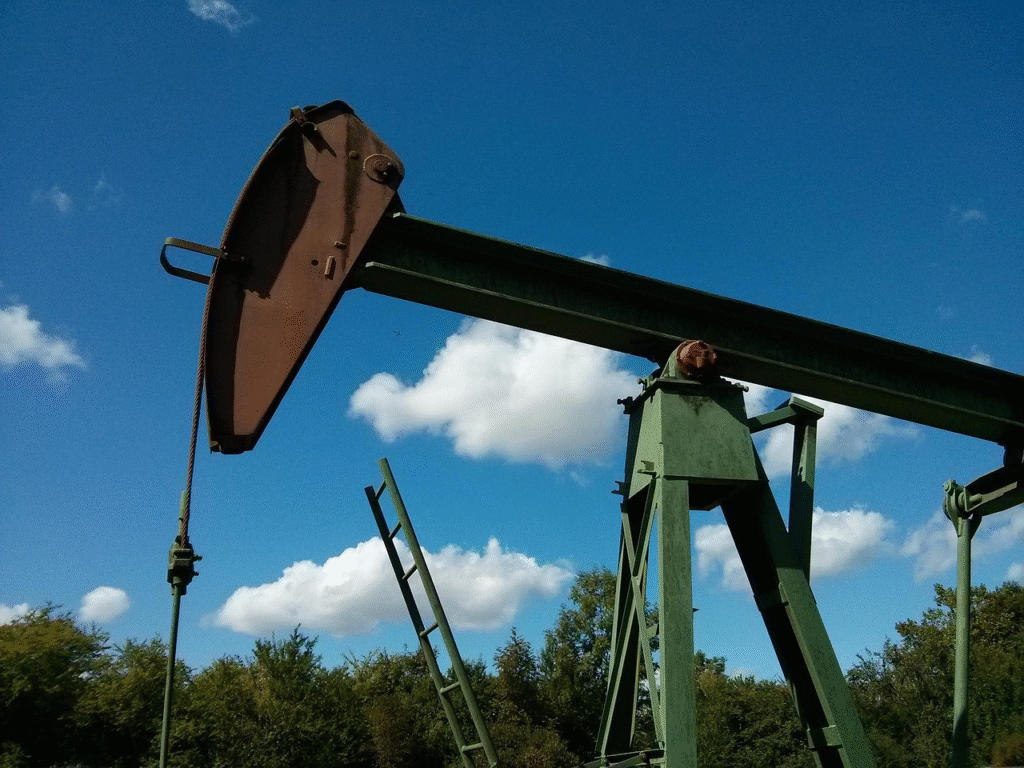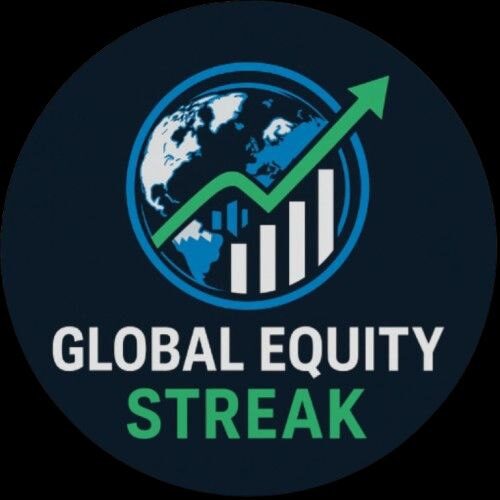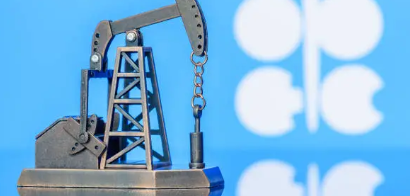OPEC+ has agreed in principle to raise oil production by 137,000 barrels per day starting October 2025, marking a major shift from supporting high prices to reclaiming market share. The move follows earlier output hikes in 2025 and comes amid falling crude prices, U.S. pressure for cheaper oil, and growing concerns of a global oversupply. This blog explores the key details, market context, geopolitical angles, and long-term implications of OPEC+’s latest decision.
OPEC+ to Boost Oil Production by 137,000 Barrels per Day
OPEC+, the powerful alliance of oil-producing nations led by Saudi Arabia and Russia, has agreed in principle to raise oil production by approximately 137,000 barrels per day (bpd) starting in October 2025. The decision, reported on September 7, 2025, marks a significant continuation of the group’s evolving strategy: shifting away from defending high oil prices and moving toward reclaiming global market share. The move highlights both the challenges and opportunities facing the cartel as it balances domestic economic needs, global energy demand, and geopolitical pressures.
Details of the Production Hike
The latest plan will add around 137,000 bpd to the global oil supply in October as part of OPEC+’s broader effort to unwind 1.66 million bpd of voluntary production cuts. These cuts, announced previously, were expected to remain in effect until the end of 2026.
The increase follows a series of accelerated supply hikes earlier in the year. OPEC+ added 411,000 bpd in May, June, and July 2025, and a larger 548,000 bpd increase in August, effectively reversing the 2.2 million bpd production cuts made in 2023. This latest move reflects the group’s determination to complete its pivot toward higher output.
The decision was discussed during a virtual meeting on September 7, involving eight key OPEC+ members: Saudi Arabia, Russia, Iraq, the UAE, Kuwait, Kazakhstan, Algeria, and Oman. While the group has reached an agreement in principle, formal approval is expected during a video call scheduled for Sunday.
Strategic Shift in OPEC+ Policy
Traditionally, OPEC+ has acted to stabilize or increase oil prices by cutting output, but the current approach represents a notable departure from that playbook. Since April 2025, the group has been gradually unwinding cuts earlier than planned, signaling a willingness to prioritize long-term market share over short-term price stability.
Saudi Arabia has been at the forefront of this policy shift, showing readiness to accept lower oil prices in order to reassert its dominance in the global oil market. This strategy also places pressure on countries such as Iraq and Kazakhstan, which have repeatedly struggled to comply with production quotas. By lifting production collectively, Saudi Arabia can curb the incentives for non-compliant members to exceed limits while forcing them to operate within the cartel’s broader objectives.
Oil Market Context
In 2025, crude oil prices have faced consistent downward pressure. Brent crude has dropped by about 12% this year, trading near $70 per barrel in early September, compared to a low of $58 in April. Despite this, the oil market has remained relatively tight due to robust summer demand and historically low global inventories.

This resilience has provided OPEC+ with confidence to keep boosting supply without sparking an immediate collapse in prices. However, the outlook for late 2025 and early 2026 is less optimistic. The U.S. Energy Information Administration (EIA) forecasts that Brent crude prices could decline to around $58 per barrel in the fourth quarter of 2025, and potentially to $50 per barrel in early 2026, as rising inventories weigh on the market.
Geopolitical and Economic Factors
The timing of the OPEC+ decision also aligns with external political and economic dynamics. U.S. President Donald Trump has been vocal in pushing for lower oil prices as part of his strategy to control inflation and exert economic pressure on Russia amid the ongoing Ukraine conflict.
Saudi Arabia’s Crown Prince Mohammed bin Salman is scheduled to visit Washington in November 2025, and analysts believe this diplomatic engagement could further shape OPEC+’s production path. Trump’s broader trade policies, particularly the sweeping tariffs announced earlier this year, have raised global concerns of an economic slowdown, with China’s oil demand outlook becoming a particular worry.
Challenges Within OPEC+
Although OPEC+ has announced a production increase, the actual output growth may fall short of expectations. Many member countries lack the spare capacity needed to raise supply meaningfully. Others, such as Iraq and Kazakhstan, face the added burden of compensating for past overproduction, which could limit their contributions to the collective output hike.
This divergence in capacity and compliance could create tensions within the alliance. Several OPEC+ members are heavily reliant on higher oil prices to balance their national budgets. For example, Saudi Arabia reportedly requires oil prices above $90 per barrel to sustain its ambitious economic diversification projects, such as the futuristic Neom city. The pursuit of lower prices in exchange for market share could therefore strain domestic finances across the group.
Long-Term Implications
The strategy of increasing supply carries significant long-term consequences for OPEC+. By steadily eroding its spare production capacity, the alliance is reducing one of its most valuable tools: the ability to cushion the market against unexpected shocks, such as supply disruptions or sudden demand surges. This could make global oil markets more volatile in the years ahead.
Additionally, OPEC+ risks intensifying competition with non-OPEC producers, particularly U.S. shale companies. While shale producers are already under financial pressure due to weaker oil prices, further price declines could force consolidation in the industry. However, any resurgence in shale output in response to future price increases could undermine OPEC+’s efforts to maintain dominance.
Conclusion
OPEC+’s decision to increase oil production by 137,000 bpd from October 2025 underscores a strategic gamble: sacrificing high oil prices in the short term to regain control over market share. While the move is backed by strong recent demand and tight inventories, the risk of oversupply looms large as the world heads into 2026.
The balancing act between geopolitical pressures, domestic economic needs, and global market dynamics will define OPEC+’s trajectory in the coming months. As the group prepares for its formal approval of the production hike, the oil market is left bracing for both increased supply and the volatility that may follow.

